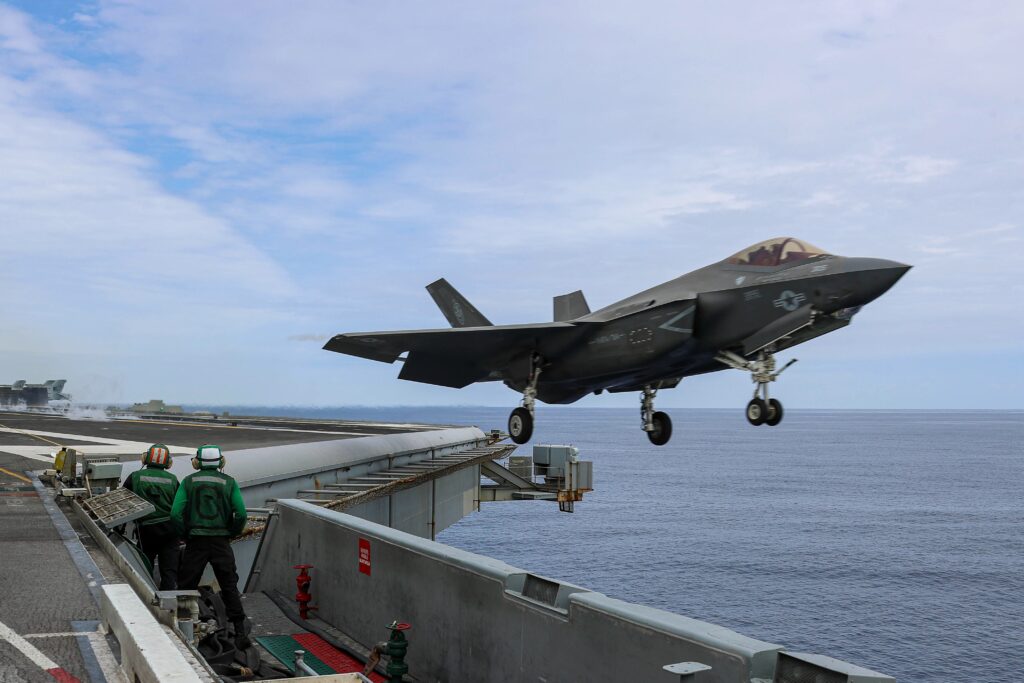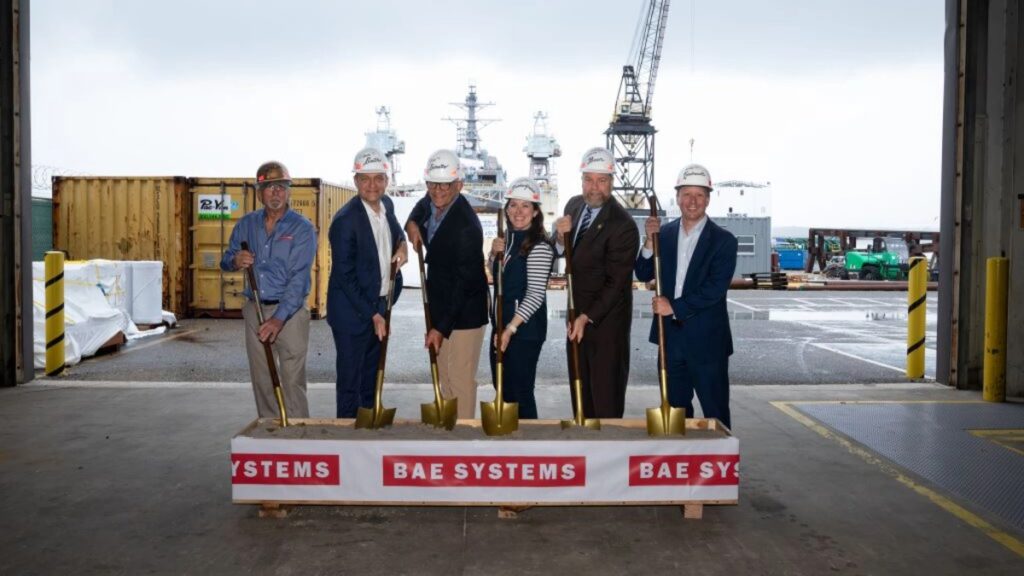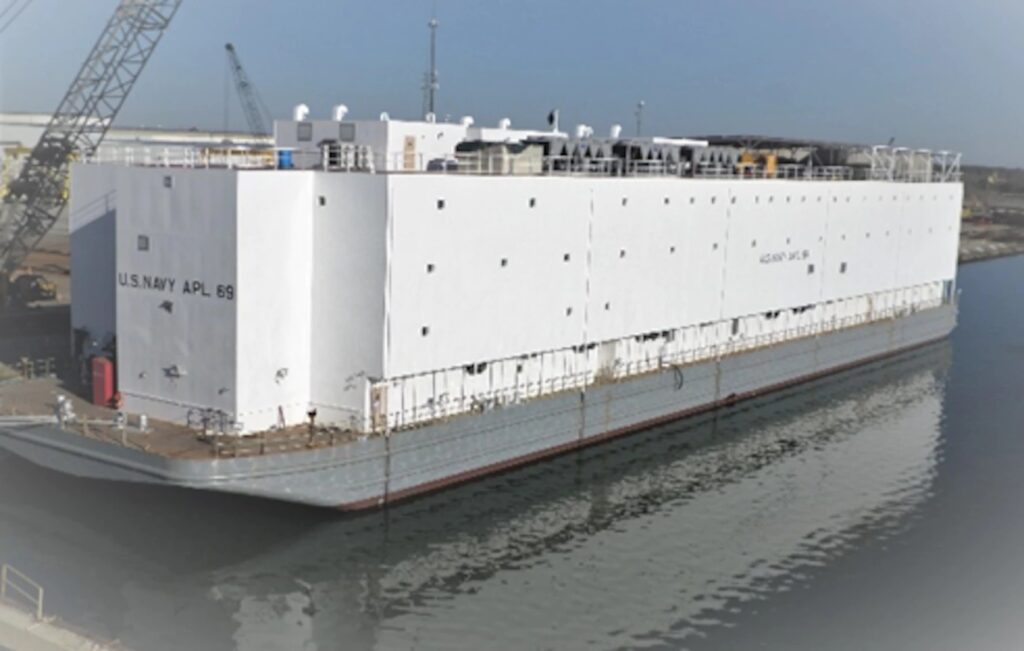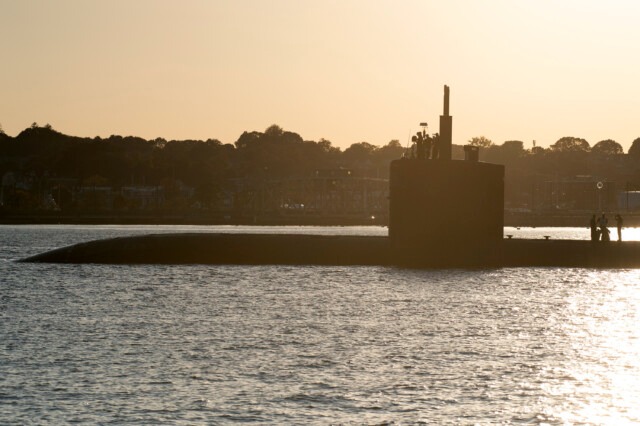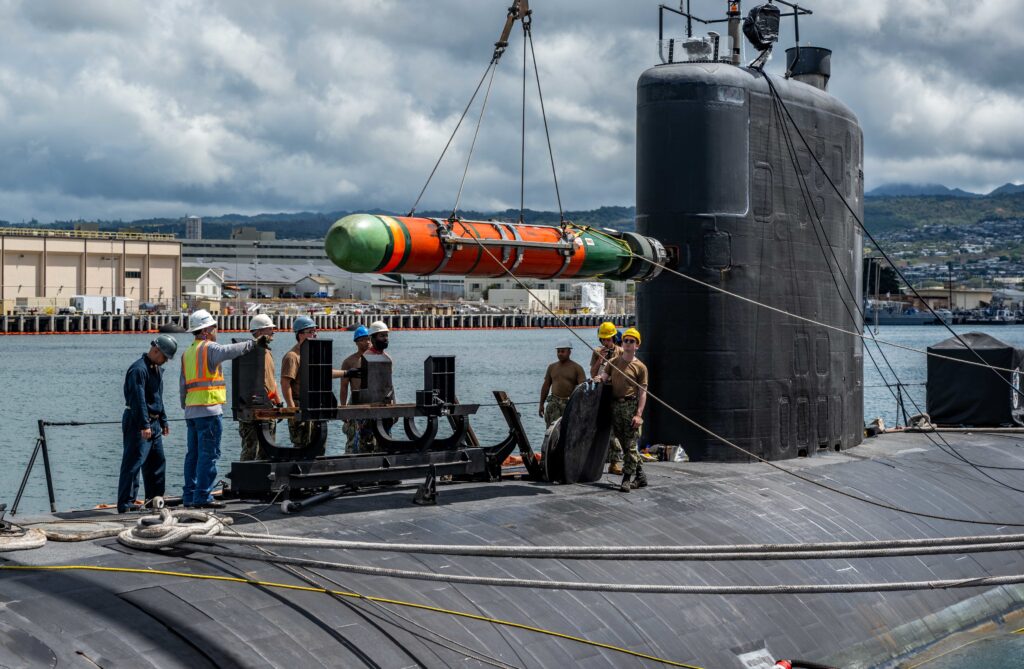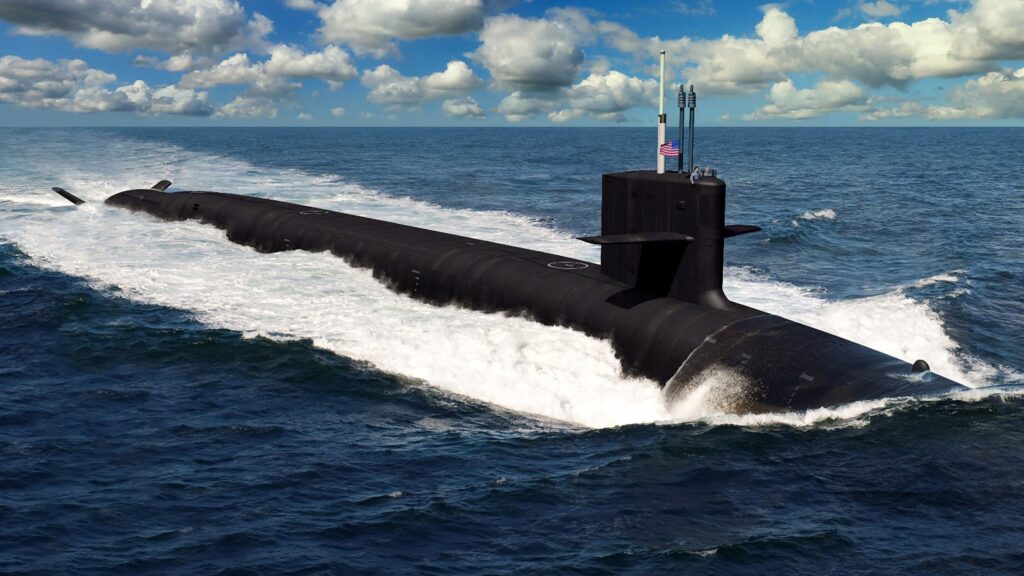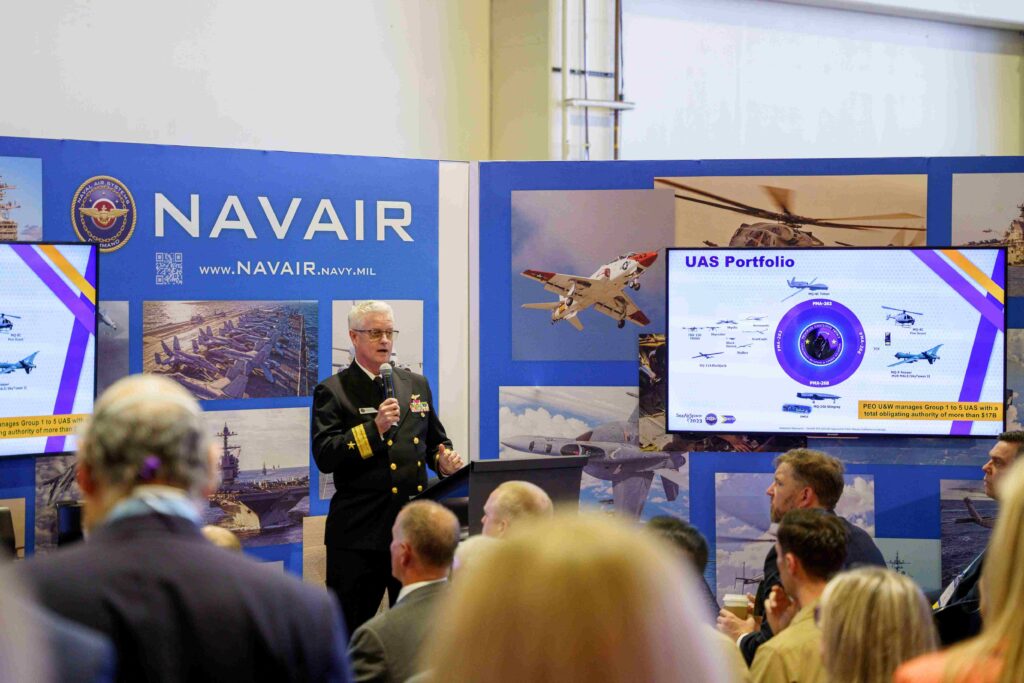Coast Guard Cutter Waesche returns home following counternarcotics patrol; $166M in contraband seized
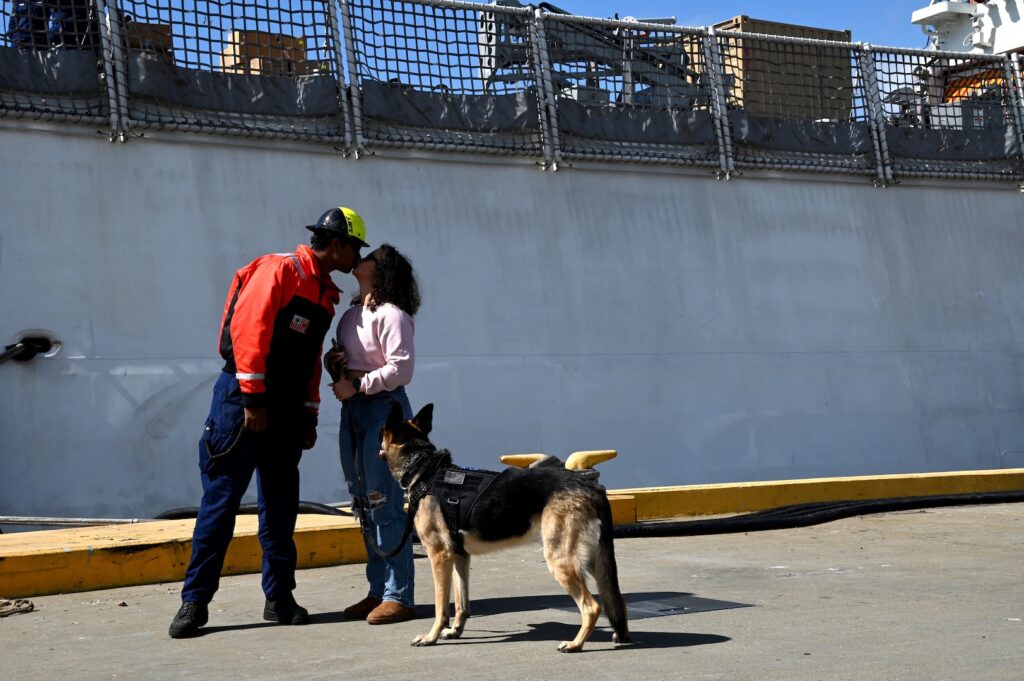
Release from Coast Guard Pacific Area
***************
Coast Guard Cutter Waesche returns home following counternarcotics patrol; $166M in contraband seized
ALAMEDA, Calif. — The Coast Guard Cutter Waesche (WMSL 751) and crew returned to their Alameda homeport, Friday, following a 90-day counternarcotics patrol in the Eastern Pacific Ocean.
The 418-foot national security cutter and crew patrolled more than 15,000 nautical miles conducting law enforcement and search-and-rescue operations in international waters off Central America and South America.
During nighttime patrol operations, Waesche personnel were notified by a Maritime Patrol Aircraft (MPA) and aircrew of a suspected narcotics-smuggling vessel transiting international waters. Waesche’s personnel launched the cutter’s small boat crews and boarding teams, who interdicted the vessel after a multi-hour pursuit. The interdiction resulted in the seizure of approximately 400 pounds of cocaine and 5,000 pounds of marijuana.
Waesche later received a separate report from an MPA aircrew of another suspected narcotics-smuggling vessel transiting international waters. Waesche directed the launch of the deployed Jacksonville, Florida, based Helicopter Interdiction Tactical Squadron (HITRON) aircrew and MH-65 Dolphin helicopter to interdict the vessel. The seizure resulted in an additional estimated 400 pounds of cocaine and 4,500 pounds of marijuana.
“Counternarcotics is one of the Coast Guard’s most tactically demanding missions, requiring the integration of multiple Coast Guard units, federal agencies and partner nations,” said Capt. Robert S. Mohr, Waesche’s commanding officer. “The crew’s tenacity throughout the patrol and focus seizing drugs from suspected smugglers in international waters off the coast of Central America is a testament to this crew’s resiliency. They embody the best the Coast Guard has to offer with their determination and teamwork.”
The Waesche deployed with the HITRON aircrew, the Coast Guard’s Pacific Tactical Law Enforcement Team Detachment 108, and a civilian team responsible for operating the cutter’s ScanEagle, an advanced unmanned aircraft system.
Additionally, the crew of the Waesche completed joint exercises with the Mexican Navy during the patrol. Waesche conducted formation operations with ARM Jalisco, a 280-foot Oaxaca-class offshore patrol vessel, executing maneuvers in close-quarters range to strengthen partner-nation relationships, interoperability, and operational proficiency between the sea services.
As part of the Coast Guard’s living marine resources protection mission, Waesche’s crew rescued an entangled sea turtle stuck in discarded fishing line. The crew cut the fishing line and released the turtle back to the ocean.
Waesche’s crew offloaded approximately 6,325 pounds of cocaine and more than 13,220 pounds of marijuana worth a combined estimated wholesale total of more than $166 million in San Diego. In addition to Waesche’s two interdictions, they offloaded contraband interdicted by the Coast Guard Cutter Steadfast’s (WMEC 623) crew who were responsible for one interdiction, seizing approximately 3,300 pounds of cocaine and the Coast Guard Cutter Active’s (WMEC 618) crew who were responsible for two interdictions seizing approximately 2,116 pounds of cocaine and 3,716 pounds of marijuana.
The Waesche is one of four Legend-class national security cutters homeported in Alameda, California. National security cutters are capable of operating in the most demanding open ocean environments, including the hazardous fisheries of the North Pacific and the vast approaches of the Southern Pacific where a large amount of narcotics traffic occurs. With robust command, control, communication, computers, intelligence, surveillance and reconnaissance equipment, stern boat launch and aviation facilities, as well as long-endurance station keeping, the national security cutters are afloat operational-level headquarters for complex law enforcement and national security missions involving multiple Coast Guard and partner agency participation.
